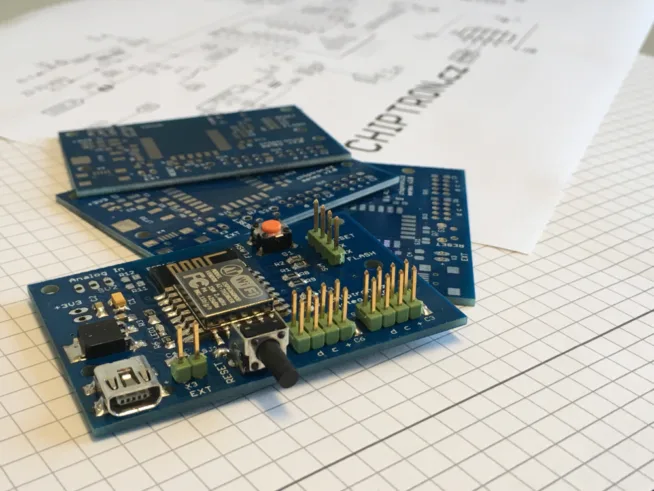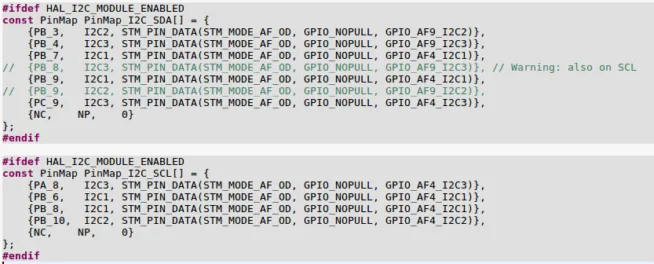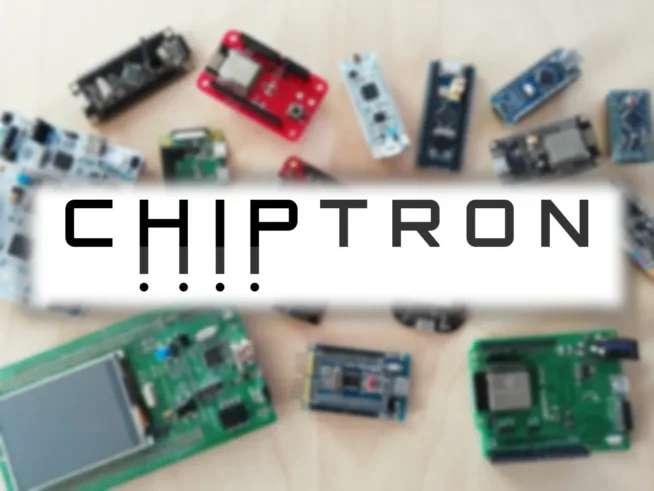After my experimentes with NodeMCU and SHT75 I designed next version of my mini meteostation.
I designed own PCB for plastic box. I chose the same ESP8266 module which is in NodeMCU, ESP12E.
SHT75 temperature/humidity sensor is expensive (but very accurate), so I chose another temperature/humidity sensor. Si7021 by Silicon Labs company.
On the board is another temperature sensor LM75 for measurement of temperature inside of box. The board is ready for another sensors with I2C bus (another header) and analog sensor. For example very popular MQ-xx sensor for measurement of concentration of gases.
The code is written in Wiring, which is used for Arduino boards.
The project is on github.com.
The plastic box is KM-27.
Flashing:
1.) Choose NodeMCU v1.0 (ESP12E Module) in Tools -> Board
for NodeMCU board:
2.) Upload the code
for PCB with ESP12E:
2.) Press the Reset button and Flash button together and hold it
3.) Click to Upload the code in Arduino IDE
4.) In the moment when the console shows “Uploading” leave the Reset button, then the code will be uploaded
If you want to use sleep mode (deepSleep function) of ESP8266, uncomment row with this function and connect RST pin with GPIO16 (D0) – if you use NodeMCU, or you solder the jumper SJ1 – if you use the board.
//ESP.deepSleep(SLEEP_DELAY_IN_SECONDS * 1000000, WAKE_RF_DEFAULT);
I2C bus is connected to D2 (GPIO4) – SDA and D1 (GPIO5) – SCL.
For analog sensor is prepared SV2 connector. The resistors R11 and R12 are prepared for voltage divider – if you need it.
The board can be powered by microUSB, connector for external power supply up to 16V (minimal 3.8V) and connector for 3.3V voltage.
As web storage of data and vizualization I used tmep.cz website.






